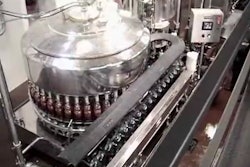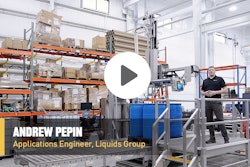
“In the medical device industry, counterfeiting is a new subject. We have a chance to be proactive, rather than reactive as some industries have had to be.” Miller offered the following insights:
-
“Counterfeiters of pharmaceutical products and medical devices are going after either products with high value, such as cancer and HIV drugs, or large-volume drugs like Lipitor.”
-
A trouble spot, he said, was “once packaged product leaves your dock, it typically doesn’t go directly to the end user. Product can change hands 10 times before reaching a hospital.”
-
Miller said lost sales dollars are not the only counterfeiting problem, but there are also losses in your brand’s equity.
-
“A consumer, doctor, or nurse may not recognize the difference between a real or counterfeit product,” he noted. In one instance, Miller revealed that a counterfeiter added a holographic feature beyond what the authentic package had used to fight counterfeiting, saying the counterfeiter could do that because it doesn’t have the overhead costs as does a pharmaceutical firm or medical device maker. The counterfeiter does, however, often have sophisticated packaging equipment that’s on par with that used by legitimate manufacturers.
-
In summary, he said, “If your package designer or engineer can create a prototype of someone else’s package, so can a counterfeiter.”
For more information on HealthPack 2005, contact Innovative Technology Conferences, below.
Companies in this article


























